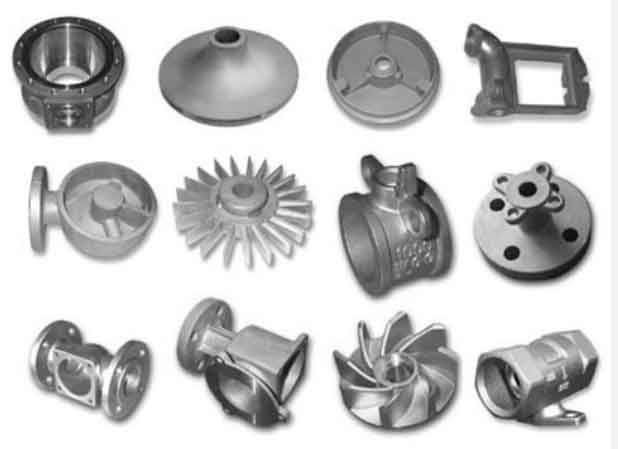Grey cast iron is widely recognized for its ability to balance strength, machinability, and cost-effectiveness, making it a favorable material choice in many applications. Let’s delve into how grey cast iron achieves this balance:

1. Strength:
Grey cast iron offers excellent strength properties, particularly in compression and tensile strength. Its high carbon content and the presence of graphite flakes contribute to its strength. The graphite flakes act as stress raisers, causing the material to exhibit good damping capacity and resistance to crack propagation. This makes grey cast iron suitable for applications requiring high load-bearing capacity and resistance to deformation.
2. Machinability:
Grey cast iron is highly machinable, which is a significant advantage in manufacturing processes. It has good cutting properties and readily forms small chips during machining operations. The presence of graphite flakes acts as built-in lubrication, reducing friction and heat generation during cutting, resulting in extended tool life and improved machinability. This allows for efficient and cost-effective machining processes, reducing production time and costs.
3. Cost-Effectiveness:
Grey cast iron is known for its cost-effectiveness compared to other materials such as steel or aluminum. The raw materials used in grey cast iron production, including scrap iron and carbon-rich additives, are relatively inexpensive. Additionally, the casting process for grey cast iron is generally simpler and requires less complex equipment compared to other casting methods. The combination of lower material costs and simpler production processes contributes to the overall cost-effectiveness of grey cast iron.
4. Thermal Conductivity:
Grey cast iron exhibits good thermal conductivity, allowing for efficient heat transfer. This property is beneficial in applications where heat dissipation is important, such as engine components. The ability of grey cast iron to manage and distribute heat effectively helps prevent thermal stresses and ensures consistent performance. It also contributes to the overall efficiency and reliability of the components.
5. Versatility:
Grey cast iron’s balance of strength, machinability, and cost-effectiveness makes it a versatile material suitable for a wide range of applications. It can be cast into complex shapes and intricate designs, offering design flexibility and the ability to produce components with intricate details. This versatility allows grey cast iron to be utilized in various industries, including automotive, machinery, construction, and more.
By balancing strength, machinability, and cost-effectiveness, grey cast iron provides an optimal combination of properties for many applications. Its strength ensures durability and load-bearing capacity, while its machinability enables efficient manufacturing processes. Furthermore, its cost-effectiveness makes it an attractive option for cost-conscious industries. The versatility of grey cast iron expands its application possibilities, making it a reliable choice for a wide range of engineered solutions.
